Hello community. I need you help about improving my stamina/duration power for Jiu Jitsu.
During the rolls most of the time I know what should I do. My inner voice is like “Ok now I should take the cross lapel,shrimp a little bit and put my knee...”
but my body doesn’t listen my commands because it gets tired. It may be frustrating sometimes. I am breathing and feeling out of energy.
Let me give you details about me.
-I had asthma when I was a child. I couldn’t even run 300 meters. But after a professional treatment for 3 years I became able to train. And I started to play basketball. I was training for 1 and half hours of sessions and it was something like a bless for me.
-and than when I was 16 I started body building (maybe I shouldn’t do that).After I learned basics; I was lifting heavy weights with small amounts of reps and rounds. But they were pretty heavy for my division. I was bench pressing with 60 kHz when I was 58 kgs.
It continued 2 years. When I became 18 years old; I had a muscular body. Than i tried some boxing. I was feeling the same exhaustion again. I was hitting very hard,I was feeling very strong but I was getting exhausted very fast.
And than I started BJJ. These days I have the same problem. Not like the body building days but not enough.
What do you recommend in that situation to me? Thanks a lot
During the rolls most of the time I know what should I do. My inner voice is like “Ok now I should take the cross lapel,shrimp a little bit and put my knee...”
but my body doesn’t listen my commands because it gets tired. It may be frustrating sometimes. I am breathing and feeling out of energy.
Let me give you details about me.
-I had asthma when I was a child. I couldn’t even run 300 meters. But after a professional treatment for 3 years I became able to train. And I started to play basketball. I was training for 1 and half hours of sessions and it was something like a bless for me.
-and than when I was 16 I started body building (maybe I shouldn’t do that).After I learned basics; I was lifting heavy weights with small amounts of reps and rounds. But they were pretty heavy for my division. I was bench pressing with 60 kHz when I was 58 kgs.
It continued 2 years. When I became 18 years old; I had a muscular body. Than i tried some boxing. I was feeling the same exhaustion again. I was hitting very hard,I was feeling very strong but I was getting exhausted very fast.
And than I started BJJ. These days I have the same problem. Not like the body building days but not enough.
What do you recommend in that situation to me? Thanks a lot



 Reply With Quote
Reply With Quote


 but it still puts stress on the mind
but it still puts stress on the mind

 Had to have that discussion with my son when he was on swim team and it became all the rage to do underwater laps like that...if anything, meditative breathing before is best.
Had to have that discussion with my son when he was on swim team and it became all the rage to do underwater laps like that...if anything, meditative breathing before is best.


Bookmarks